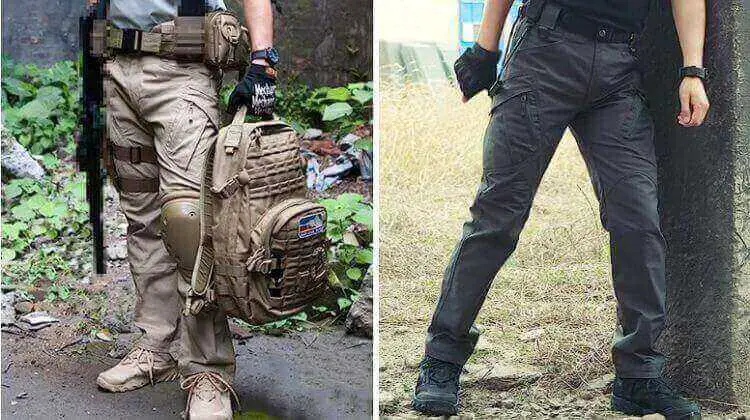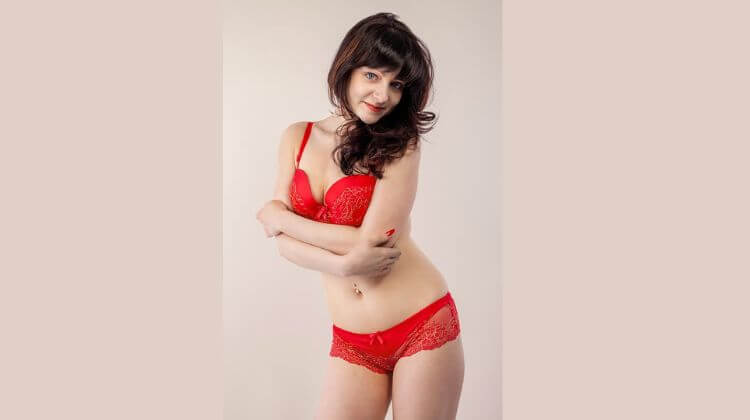As an Amazon Associate, I earn from qualifying purchases.

Regarding daycare centers, ensuring the safety, comfort, and professionalism of the staff and the children is paramount. One key aspect contributing to this is the attire worn by daycare workers. The clothing they choose plays a pivotal role in creating a positive and nurturing environment. This detailed guide will explore the various aspects of daycare worker attire, including practicality and adherence to regulations.
What to Wear to a Daycare Job?
Daycare workers understand the significance of their attire, as it reflects their commitment to their responsibilities and sets a positive example for the children under their care. The clothing they choose must balance comfort, functionality, and professionalism.
Comfortable Tops and Bottoms
Daycare workers often opt for comfortable tops, such as plain t-shirts or blouses, that allow ease of movement. Pairing these with appropriate bottoms like slacks, skirts, or khakis ensures comfort throughout their busy day. The focus is on clothing that is not restrictive and allows them to interact with the children quickly.
Closed-Toe Shoes
Closed-toe shoes are a must for daycare workers. These protect their feet while ensuring stability and support during various activities. Comfortable sneakers or sturdy flats are popular choices, offering comfort even during extended hours of standing and movement.
Aprons or Smocks
To protect their garments from spills and stains, daycare workers often wear aprons or smocks. These help maintain a professional appearance and demonstrate their preparedness for the messier aspects of childcare.
Identification Badges
Most daycare centers require staff to wear identification badges. These badges serve multiple purposes – they help parents quickly identify staff members, provide a sense of security, and maintain a professional atmosphere.
Hair Accessories and Jewelry
Simple and minimalistic hair accessories are preferred to keep hair away from the face, ensuring clear visibility while working with the children. As for jewelry, less is more. Small earrings and simple necklaces avoid any potential hazards or distractions.
Layers for Temperature Fluctuations
Daycare centers often have varying temperatures due to outdoor playtime, air conditioning, or heating. Dressing in layers allows daycare workers to adapt to these changes comfortably.
What Do Daycare Workers Wear in Different Seasons?
Daycare workers must be prepared for different weather conditions, especially when taking children outside to play or for walks. Adapting their attire to the seasons ensures the safety and well-being of both staff and children.
Summer
Daycare workers opt for lightweight, breathable fabrics like cotton during the hot summer. For optimal comfort, it’s recommended to wear loose-fitting tops and bottoms. Remember to protect yourself from the sun’s rays with wide-brimmed hats and sunglasses. Also, make sure to apply sunscreen to your skin.
Fall
Daycare workers switch to longer sleeves and add light layers as temperatures drop. Cardigans or light jackets provide warmth without sacrificing mobility.
Winter
In colder climates, winter attire is a must. Coats, gloves, scarves, and hats ensure daycare workers are equipped to keep the children warm during outdoor activities. Layering is essential to staying comfortable in fluctuating indoor temperatures.
Spring
Spring brings unpredictable weather. Daycare workers often choose versatile outfits that can be layered or adjusted throughout the day. Waterproof footwear is essential for potential puddles during outdoor play.
Dress Code for Daycare Employees
While comfort and practicality are essential, daycare centers often have specific dress codes to maintain a professional environment and ensure safety and hygiene.
No-Go Clothing Items
Daycare workers are usually advised to avoid clothing with offensive language, images, or logos. Additionally, a dress with strings or long accessories can pose choking hazards and is generally discouraged.
Appropriate Lengths
Clothing with appropriate lengths is essential. Daycare workers need to be able to move freely without worrying about tripping or snagging on objects, so shorter skirts and dresses are generally avoided.
Closed-Toe Shoes for Safety
Safety reasons often require closed-toe shoes. This rule is especially crucial in environments where there’s a chance of items falling on the feet or where children might step on them.
FAQs
Q: Can daycare workers wear jeans to work?
A: While some daycare centers permit jeans, opting for more comfortable and versatile bottoms like slacks or khakis is generally advisable.
Q: Is it necessary for daycare workers to wear uniforms?
A: Not all daycare centers require uniforms, but many have dress codes to ensure a professional and consistent appearance.
Q: Can daycare workers wear open-toed shoes?
A: Safety concerns often discourage wearers of open-toed shoes. Closed-toe shoes provide better protection for daycare workers’ feet.
Q: Are there specific regulations for jewelry?
A: Keeping jewelry minimal and avoiding items that could distract or pose safety risks are the best ways to stay safe.
Q: Do daycare workers need to wear ID badges?
A: Yes, most daycare centers require staff to wear ID badges as part of their safety and security protocols.
Conclusion
In the world of daycare, what workers wear goes beyond mere fashion. It directly impacts the safety, comfort, and professionalism within the childcare environment. From comfortable clothing to adhering to regulations, daycare workers’ attire plays a crucial role in creating a positive atmosphere where children can thrive. So, whether donning closed-toe shoes for safety or layering up for unpredictable weather, daycare workers make thoughtful choices to ensure the best possible experience for the children under their care.





